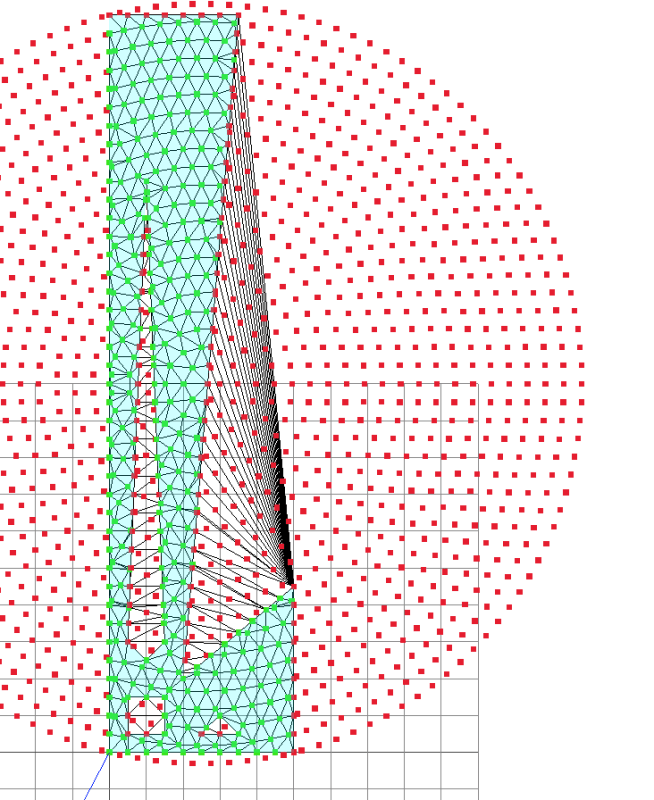sticksandtriangles
Structural
I am looking for a good text book/resource on finite element meshing algorithms. If you have any experience in this realm, I would appreciate some guidance on potential pitfalls/things to look out for regarding these algorithms.
Ideally the algorithm would be able to accommodate 2-d polygons with the potential for polygon holes.
Routes I am investigating
Route 1 - Create internal points within the polygon and use Delaunay triangulation to make the finite elements

Route 2 - Advanced front method

Images from this site:
More algorithms can be found in this document:
S&T -
Ideally the algorithm would be able to accommodate 2-d polygons with the potential for polygon holes.
Routes I am investigating
Route 1 - Create internal points within the polygon and use Delaunay triangulation to make the finite elements

Route 2 - Advanced front method

Images from this site:
More algorithms can be found in this document:
S&T -

